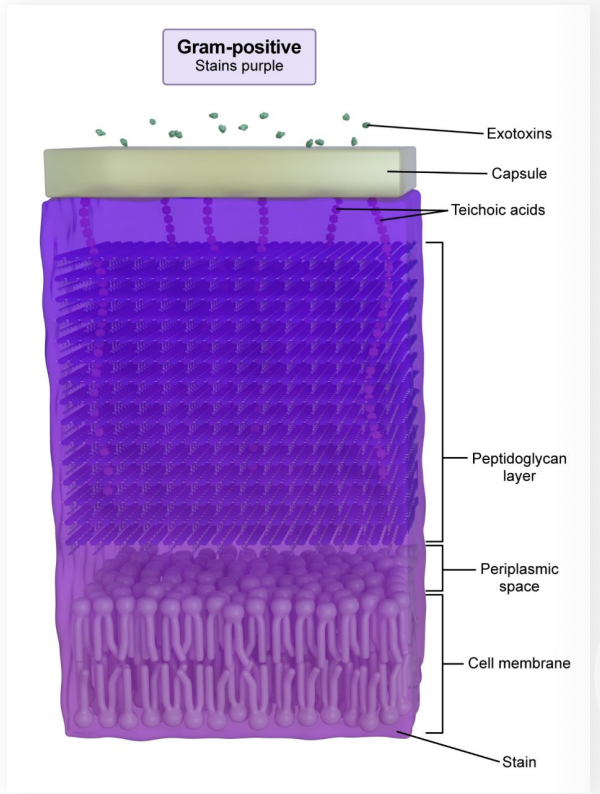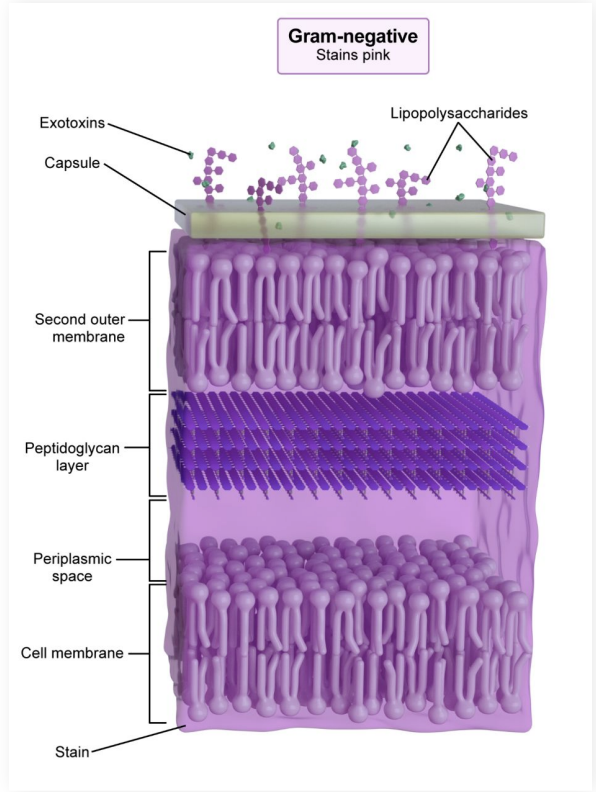taxonomy
1/28
There's no tags or description
Looks like no tags are added yet.
Name | Mastery | Learn | Test | Matching | Spaced |
|---|
No study sessions yet.
29 Terms
What are the classifications?
Domain, Kingdom, Phylum, Class, Order, Family, Genus, Species
Domain
The broadest classification of living organisms
What are the three domains?
Archaea, Eubacteria, Eukarya
Archae
single celled prokaryotes
Eubacteria
Single celled prokaryotes
Eukarya
can be single or multicellular, contain membrane bound organelles
Kingdoms
The second broadest classification of living organisms
What are the six kingdoms?
Archaea, Eubacteria, Protista, Fungi, Plantae, and Animalia
Kingdom Monera
outdated classification that grouped Archaea and Eubacteria together based on their lack of membrane-bound organelles
what is the cell wall of Eubacteria composed of?
peptidoglycan ester linkages
how many ribosomes does Eubacteria have?
70S
What is the DNA organization of Eubacteria?
Circular, no introns or histones
What are the structural features of Eubacteria?
flagella and pili
How does Eubacteria reproduce?
Binary fission
What makes up the cell wall of Archaea?
Lacks peptidoglycan, ether linkages
How many ribosomes does Archaea have?
70S
What is the DNA organization of Archaea?
circular with introns and histones
What are the structural features of Archaea?
Flagella and pili
How does Archaea reproduce?
Binary fission
What are prokaryotes?
Organisms that do not have membrane bound organelles. Can be either Archaea or Eubacteria
peptidoglycan
a large, mesh-like molecule who’s scaffolding serves as the principle component of the bacterial cell wall.
made of sugars and amino acids
Capsule
a protective coating which encapsulates the cells wall
acts as a virulence factor by preventing cell desiccation (drying out)
all bacteria has capsules
gram staining
staining method used to differentiate bacteria based on cell walls
Gram positive bacteria
PPT= Purple, Peptidoglycan, Teichoic acid
thick peptidoglycan layer
stained dark purple
no outer membrane
secrete exotoxins
contains teichoic acids
minor periplasm
teichoic acids
polysaccharide that connects the peptidoglycan layer to the plasma membrane & provides rigidity and support
exotoxins
a class of toxic proteins that are produced and released by both gram positive and gram negative bacteria
Gram-Negative Bacteria
LONG= Lipopolysaccharides, Outer membrane, Negative, Gram
thin peptidoglycan layer in the cell
stained pink
periplasm between inner and outer membranes
Lipopolysaccharides (LPS) present
Secrete exotoxins
No teichoic acids

gram negative or gram positive?
gram positive

gram negative or gram positive?
gram negative